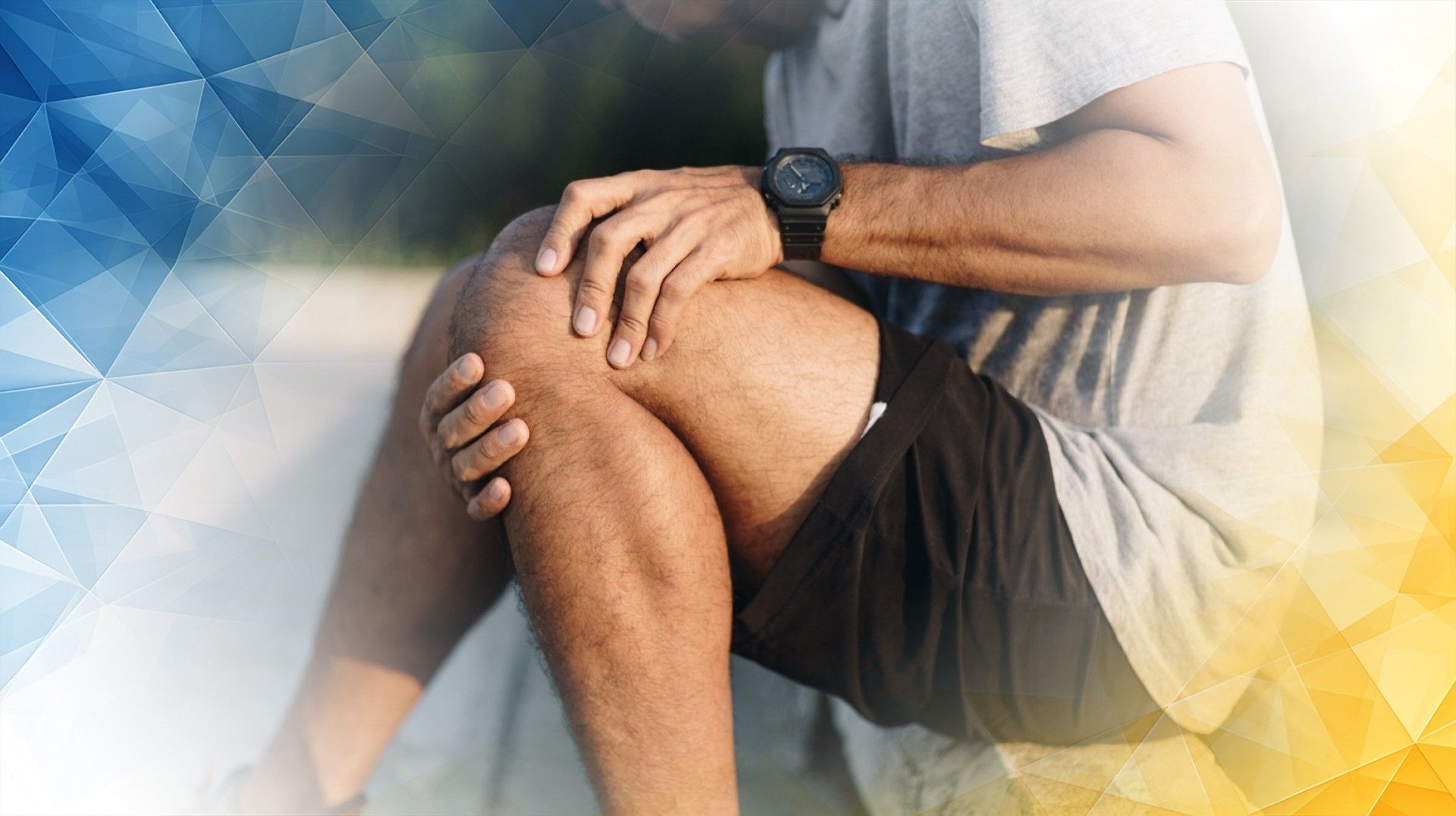



Stefon Diggs is a household name in the world of American football, known for his blazing speed, precise routes, and ability to make game-changing plays. But like many top athletes, his journey hasn’t been without setbacks. Among the biggest challenges he’s faced was a tear to his anterior cruciate ligament —or ACL—a key ligament in the knee. For any athlete, an ACL tear isn’t just another injury; it can be a career-defining moment. In this article, we’ll dig into when Stefon Diggs suffered his ACL injury , how it impacted him and his team, and what it meant for his career going forward. We’ll also explain what an ACL tear really is, and why it’s such a big deal in sports.
Before his injury, Stefon Diggs was on a meteoric rise in the NFL. Known for his agility and reliable hands, he’d racked up Pro Bowl appearances and shattered records, making him an essential part of his team’s offense.
But what is an ACL tear ? The ACL (anterior cruciate ligament) is a crucial ligament inside the knee that helps stabilize and control the joint, especially when an athlete changes direction quickly or stops suddenly—both common moves in football. When the ACL tears , it causes immediate pain and instability, making it impossible for most athletes to keep playing without treatment. Recovery is a long, demanding process, usually lasting nine months or more. Many players returning from an ACL tear experience reduced speed and agility, and there is always the risk of re-injury. Beyond the physical hurdles, ACL tears can shake a player’s confidence and alter their approach to the game.
Despite rumors and misconceptions floating around, Stefon Diggs has not suffered a torn ACL at any point in his NFL career. While ACL injuries are unfortunately common among football players, Diggs has remained relatively healthy in this regard. If you’ve come across sources or social media posts claiming otherwise, rest assured that they’re not supported by official reports or team announcements.
While it’s true that Diggs has dealt with other injuries throughout his career—as most NFL players do—there’s no record of an ACL tear that sidelined him for an extended period. For context, when a key player goes down with a torn ACL , it often makes headlines and is accompanied by statements from the team and extensive media coverage. None of these have surrounded Stefon Diggs regarding an ACL injury .
Even though Diggs himself hasn’t experienced an ACL tear, understanding its impact helps us appreciate what many athletes endure. Recovery isn’t just about physical rehab; it also requires mental resilience. The journey back often involves months of physiotherapy, carefully structured exercises, and gradual return to game action to lower the risk of re-injury.
Some players come back stronger, while others find it difficult to regain their previous explosiveness and confidence. Advances in surgical techniques and targeted rehab programs have improved recovery rates, but challenges remain. It takes determination and support both on and off the field for athletes to return to the highest level after such a significant setback.
The rumor that Stefon Diggs tore his ACL is untrue. While he has faced challenges and injuries throughout his NFL journey, a torn ACL has not been one of them. However, the threat and impact of ACL injuries loom large in the world of professional sports, and understanding these injuries gives us insight into the remarkable journeys athletes must often undertake to recover and return to peak performance.
By exploring this topic, we gain a deeper appreciation for the resilience required to compete at the highest level—and for the good fortune and durability Stefon Diggs has shown so far in his career.
If you’d like more information about injury prevention , recovery, or would like help finding reliable references, feel free to reach out or explore our other articles on sports medicine and athlete health.
Tamura, M., Furumatsu, T., Hiranaka, T., Kintaka, K., Higashihara, N., Kamatsuki, Y., Nakata, E., & Ozaki, T. (2022). Transtibial pullout repair of lateral meniscus posterior root tear with tissue loss: A case with anterior cruciate ligament injury and medial meniscus tear. Case Reports in Orthopedics, 2022, 1-8. https://doi.org/10.1155/2022/9776388
Takayama, K., Matsushita, T., Matsumoto, T., Kubo, S., Kurosaka, M., & Kuroda, R. (2011). The double ACL sign: an unusual bucket‐handle tear of medial meniscus. Knee Surgery Sports Traumatology Arthroscopy, 19(8), 1343-1346. https://doi.org/10.1007/s00167-011-1441-0
All our treatments are selected to help patients achieve the best possible outcomes and return to the quality of life they deserve. Get in touch if you have any questions.
At London Cartilage Clinic, we are constantly staying up-to-date on the latest treatment options for knee injuries and ongoing knee health issues. As a result, our patients have access to the best equipment, techniques, and expertise in the field, whether it’s for cartilage repair, regeneration, or replacement.
For the best in patient care and cartilage knowledge, contact London Cartilage Clinic today.
At London Cartilage Clinic, our team has spent years gaining an in-depth understanding of human biology and the skills necessary to provide a wide range of cartilage treatments. It’s our mission to administer comprehensive care through innovative solutions targeted at key areas, including cartilage injuries. During an initial consultation, one of our medical professionals will establish which path forward is best for you.
Contact us if you have any questions about the various treatment methods on offer.
Legal & Medical Disclaimer
This article is written by an independent contributor and reflects their own views and experience, not necessarily those of londoncartilage.com. It is provided for general information and education only and does not constitute medical advice, diagnosis, or treatment.
Always seek personalised advice from a qualified healthcare professional before making decisions about your health. londoncartilage.com accepts no responsibility for errors, omissions, third-party content, or any loss, damage, or injury arising from reliance on this material. If you believe this article contains inaccurate or infringing content, please contact us at [email protected].